How to Create a Valuable Shopify Loyalty Program
In this article, you’ll learn how to create the best Shopify rewards program by first understanding how they’re successful in the first place. Building a Shopify loyalty program takes time to set up but the rewards can easily outweigh the effort.
The customer may not always be right, but everyone knows how important customer opinions are. It costs a lot less to sell to repeat customers than acquire new ones, and the best way to keep your customers coming back, again and again, is to build a Shopify loyalty program.
Like any other relationship, customer loyalty is built through trust between the retailer and the consumer. Gratitude, excellent service, and an incredible shopping experience (whether in-person or online) build customer loyalty.
From subscription programs to post-purchase surveys, companies have become increasingly creative with how they drive customer loyalty. But one way still stands out against the rest: the Shopify loyalty program.
More than 90% of companies have some type of customer loyalty program. Since people can find new places to shop, a loyalty program gives them an incentive to keep shopping with you. 84% of consumers state that a loyalty program makes them more likely to stick with a brand. Loyalty program members spend 37% more than non-members. So everybody wins.
Topics:
What Is a Shopify Loyalty Program?
In short, a Shopify loyalty program is a marketing tactic that offers rewards to customers who frequently shop with a brand. With perks attached to shopping with you specifically, customers will increase the amount they spend. Or, they will at least choose you over your competitors the next time they need to buy something you offer.
Loyalty programs rely on benefits or perks such as
- Discounts or coupons
- Early access to new products
- Early access to sales
- Free merchandise
- Free upgrades or personalizations
- Special services (like free or faster shipping)
- Members-only credits
Whatever perks you decide to run with, be sure that it’s something that will get your customers excited. It should be compelling enough to make the on-the-fence shoppers go from “maybe” to “complete purchase.”
Once you’ve decided on your rewards, you can begin designing your Shopify loyalty program.
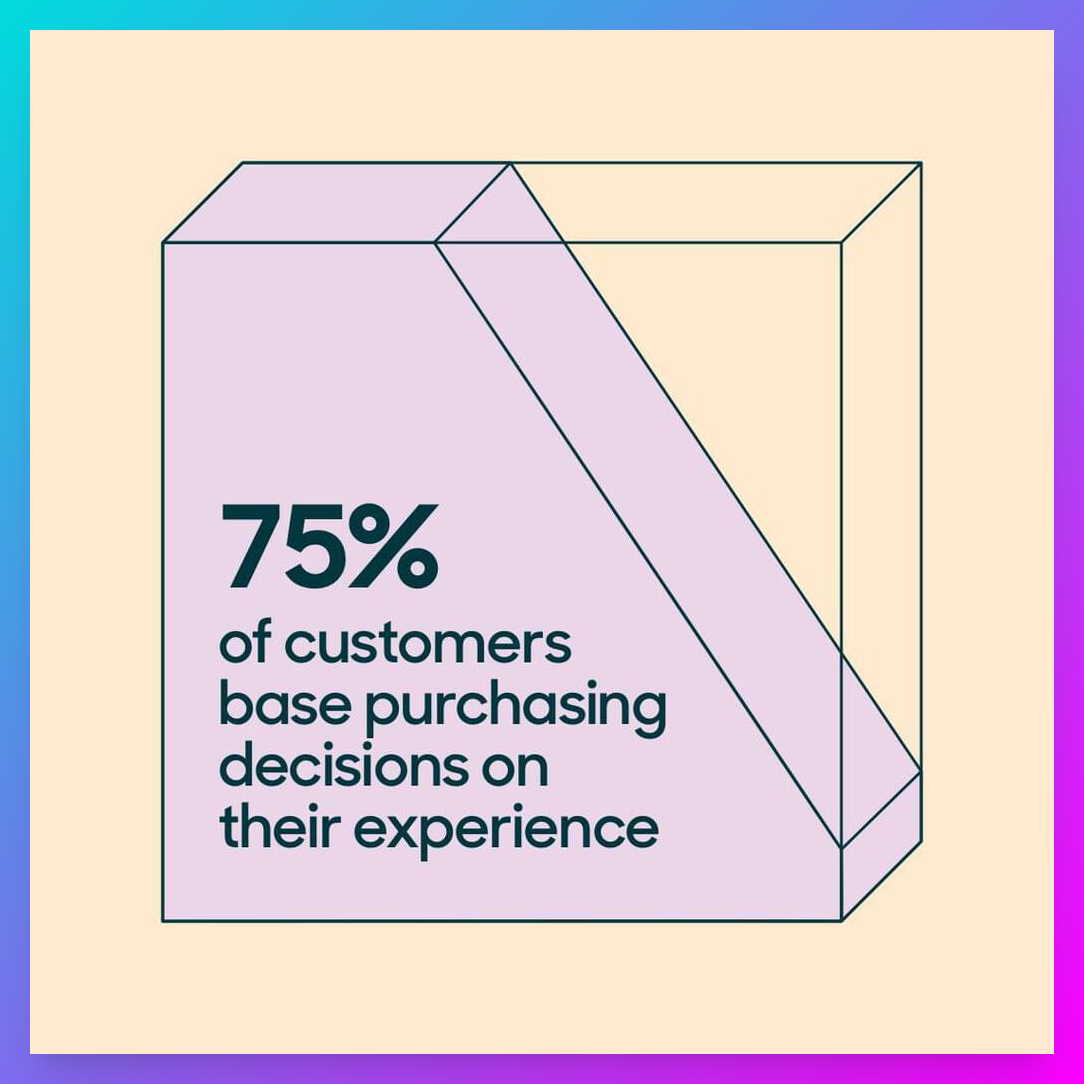
Different Types of Customer Loyalty Programs
There are six general types of customer loyalty programs. Don’t feel like you need to fit these exactly. You can play around with different elements from different templates to figure out the best option for your target audience.
Let’s dive in.
Point-Based Loyalty Program
Everyone loves a good point system. Point systems are arguably the most common type of loyalty program. Typically $1 = 1 point. When customers hit a specific number of points, they’re entitled to a reward like $10 off their next purchase or a freebie.
A simplified version of the point-based loyalty program is the ol’ fashioned punch card you get from your local coffee shop. You buy ten coffees; then you get one free. Instead of going to the coffee shop across the street, you go to your regular coffee shop, so you’re one step closer to a free cup of joe.
If you do go the traditional points program route, just be aware of falling into the trap of making your program overly confusing or complicated. Keep it straightforward. Your customers need to understand how to earn and redeem their points.
Tiered Loyalty Program
Tiered loyalty programs have multiple levels based on purchase level. They can make incentives more accessible to new customers. Additionally, they offer greater rewards and grow brand loyalty.
With a tiered program, you recruit customers with a small offer just for joining the program. As customers spend more, they move up to higher tiers within the Shopify rewards program.
Some companies will use points to calculate tier levels. You can also base it on the total spent or the number of purchases. Basic points programs are ideal for companies that offer products with short-term value (like coffee). The tiered approach is better for higher commitment, higher prices, and long-term value products.
Paid Loyalty Program
Also called the VIP loyalty program, a paid loyalty program has customers chip in a small fee to unlock benefits.
We’ve all had that moment: you’re adding stuff to a shopping cart. Then upon checkout, decide that you didn’t really need those items. Simply because you saw how much shipping would cost.
Paid loyalty programs remove that barrier. Some customers would prefer paying $15 upfront instead of $7 every time they want to make a purchase.
Look at Amazon Prime. That is how effective a paid loyalty program can be.
The cost to become a VIP member should be low enough that it doesn’t discourage customers from buying from you. It should offer a solution to one (or more) reasons why a customer might abandon their cart.
Value-Based Loyalty Program
If you have a strong understanding of your target audience, then a value-based loyalty program may be the way to go. Value-based programs go beyond monetary incentives in order to build unique connections with their customers. These programs foster trust and loyalty and compel the shoppers to stick with your brand.
One of the most famous examples of a values-based loyalty program is TOMS’ “One for One” campaign. The shoe brand gained popularity because it promised customers that a pair would be donated to a child in need for every pair of shoes they purchased.
Coalition Loyalty Program
Also known as partnership loyalty programs, these offer perks to consumers who are loyal to more than one company. To run a coalition loyalty program, you’d pair up with a complementary brand to promote both of your businesses. For example, if you sell organic dog treats, you may pair up with a pet insurance company.
Partnership programs help you gain new customers.
The people shopping at one business will likely need products or services from the other. You can demonstrate to your customers that you understand their challenges and goals. Still, you also get an endorsement from another company with its own loyal customer base.
Game-Based Loyalty Program
Gamification is becoming increasingly popular. Especially as social media marketing becomes more important to businesses. Game-based loyalty programs offer an exciting way to get people to interact with your brand. One of the most common game-based programs includes running a contest or sweepstakes that customers can enter by purchasing.
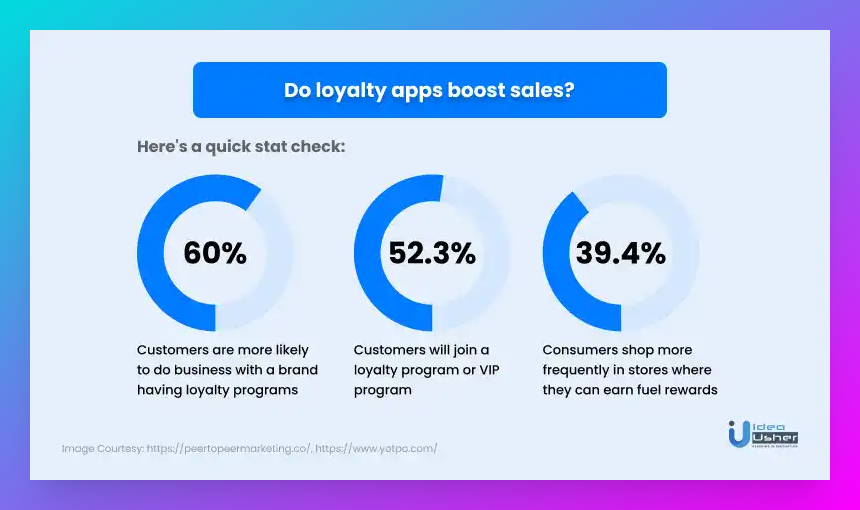
How to Create a Shopify Loyalty Program
Time needed: 30 minutes
With just a little time and research, you can follow these steps to determine the best Shopify rewards program for your business.
- Determine who exactly are your customers
Understand if you’re selling to a business or consumer. Even if they’re the same person, how they purchase products is affected by different values. Offering a discount may not mean much to the business purchaser. However, if you were selling directly a consumer who is using their personal finances, a coupon may be very effective. The more you understand who your ideal customer is, will better serve future decisions.
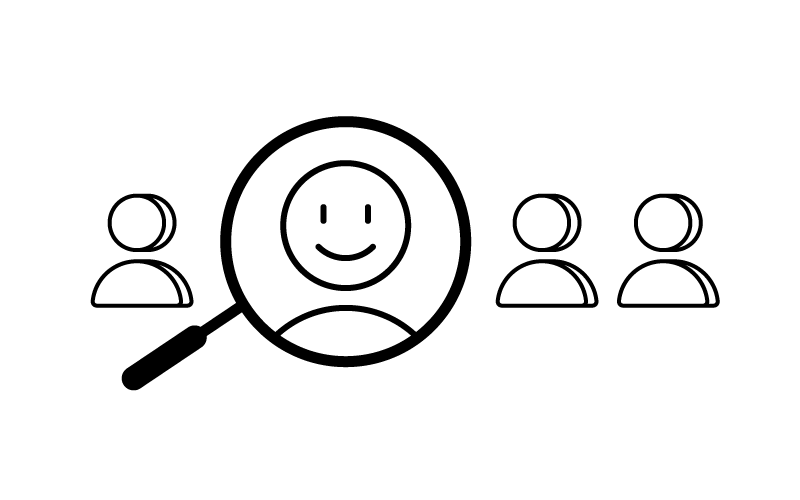
- Figure out what motivates your customers
Often, the best way to know is to simply ask your customers! Get their feedback through post-purchase surveys, social media polls or email campaigns to remove any guessing. If you know discounts won’t help customers refer a friend but offering gift cards would, you’ll see better engagement with the right incentive.
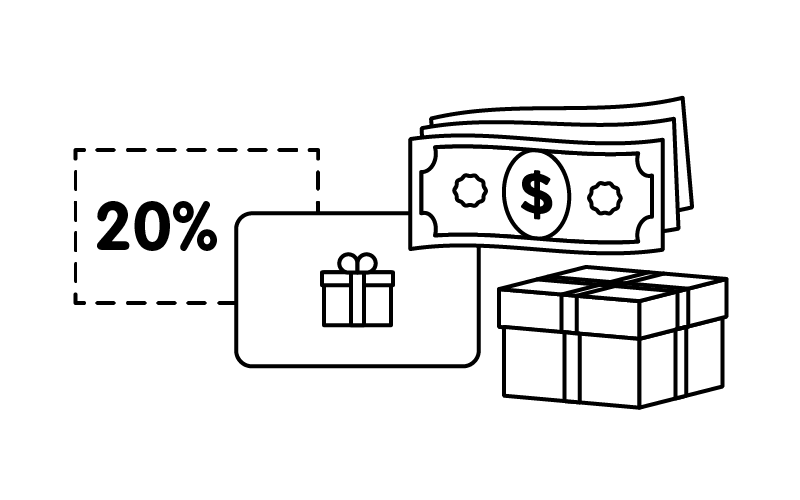
- Define your business goals for the loyalty program
Get the buy-in from all stakeholder so everyone is clear on the program priorities. The rewards you offer can have a big impact on engagement and your company’s bottom line. If you’re after brand loyalty, promoting free upgrades can be effective. If you’re after customer acquisition, you could offer discounts on the next purchase to them and their referred users.
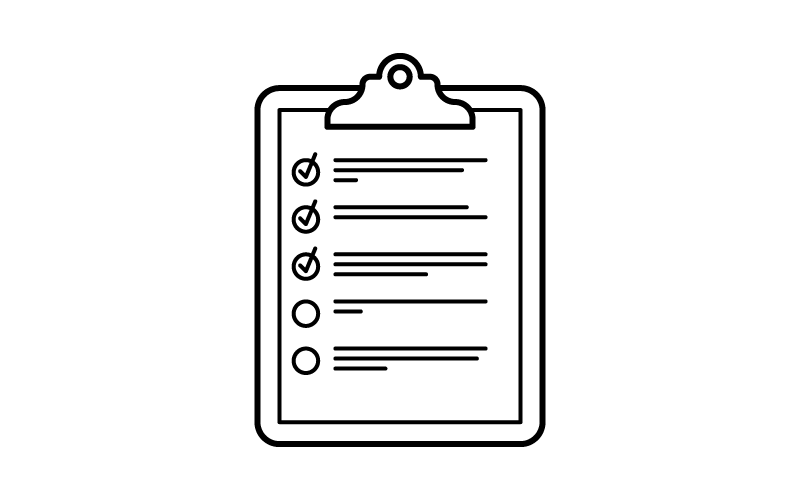
- Identify the primary methods your customers purchase products
Do you sell primarily from your online store, physical retail storefront or via subscriptions? Non-cash rewards like account upgrades, feature access or credits can actually be more effective than cash incentives. Getting people to return to physical locations can be difficult since it takes more time but providing complimentary rewards like catered food and beverages can motivate them to come and even stay for longer than usual.
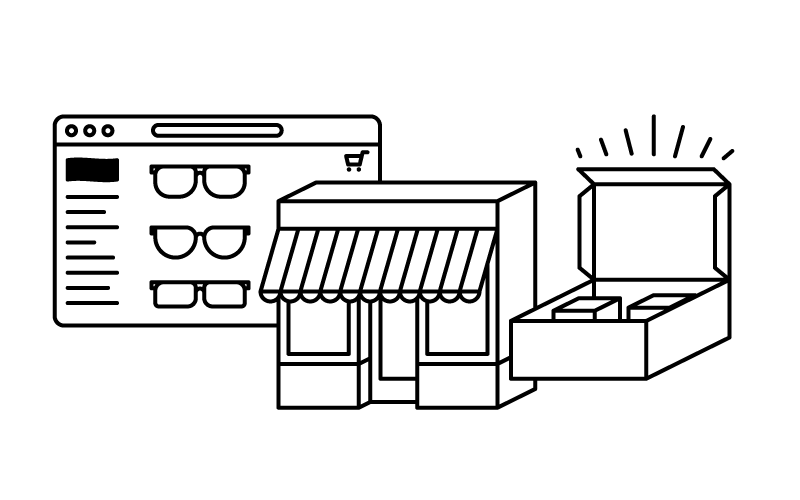
- Determine which internal resources will support your loyalty program
Starting and managing a successful loyalty program takes time and money so it’s important to know who is responsible for the daily operations of communication and fulfillment. The right software solution can certainly help ease the tasks involved.
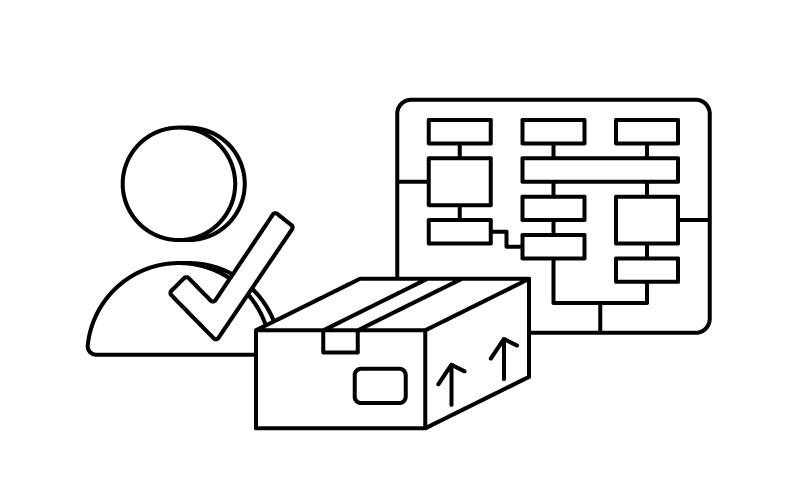
You know your brand and your customers better than anyone. You can run with one type of loyalty program or take elements from multiple options. It should ultimately make your customers excited about participating.
Loyalty programs are only effective if the customer trusts your brand. A loyalty program isn’t a band-aid over a bad product or poor customer service. It should enhance the overall experience. You have to do your part on the other side of the customer loyalty program to encourage people to keep shopping with you.
As you craft your loyalty program, be sure that you:
- Find ways to reward customers continually
- Keep your customers engaged
- Communicate with your customers often
- Learn what excites your target audience and motivates them to purchase from you
- Don’t make them work too hard too early
Yes, your customer loyalty program is a marketing tool for your brand, but it needs to be tailored to your customers’ wants and needs to be effective.
Shopify Loyalty Program Apps
To make your loyalty program as effective and engaging for customers, you need a tool that can help with all aspects of it.
The Shopify App Store lists multiple apps to suit every need – from building rewards programs or managing them seamlessly without any fuss.
Our top 3 recommendations are Yotpo Loyalty, LoyaltyLion, and Stamped. They’re each an excellent choice depending on what type of incentives work best in conjunction with online shopping sites like yours.
Check out our guide on the best Shopify loyalty apps.
Getting Started
Customer loyalty programs can be an extremely smart way to build customer loyalty. Remember that it’s essential to stay true to your brand and your target audience. Be authentic while building your Shopify rewards program, or your customers might think that it’s some kind of scheme. Honestly, connect with your customers so they trust that you have their best interests in mind.
Be creative while organizing your customer loyalty program. Even if you go for a traditional route like a points-based or tiered earnings system, you still want to make your loyalty program stand out from the crowd. Structure your loyalty and Shopify rewards program to make sense for you and your customer.
Check out some creative Shopify workflow solutions our merchants are using and get inspired.


